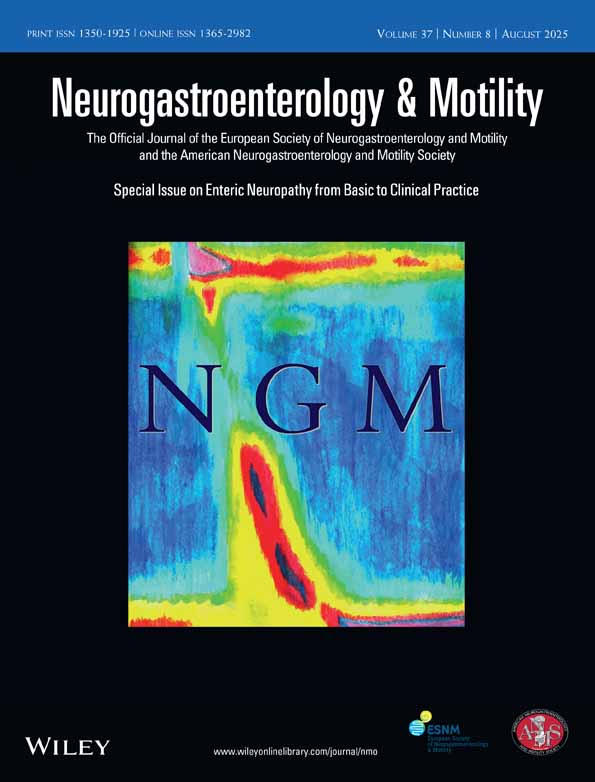Responses of the rat lower oesophageal sphincter (LOS) to vagal efferent activation
Abstract
Nitric oxide (NO) is a major candidate in vagal-induced LOS relaxation. Vagal adrenergic fibres also innervate the gastrointestinal tract including the LOS. This study investigates the role of these two and other mechanisms in LOS responses to vagal activation in the rat, and provides functional and anatomical evidence for a smooth muscle LOS in this species. LOS, gastric and oesophageal pressures were measured in urethane anaesthetized rats during vagal stimulation. The LOS pressure (LOSP) response to vagal stimulation (5 mA, 10 Hz, 0.5 msec pulses, 5 sec) comprised three consecutive stages: (1) brief reduction of LOSP, (2) transient increase of LOSP and (3) prolonged reduction of LOSP. The influences of additive treatment with several antagonist drugs on the LOS response to vagal stimulation were investigated. L-NAME (100 mg kg−1) reduced stage 1 and increased stage 2. Subsequent treatment with either phentolamine (1 mg kg−1) or prazosin (200 μg kg−1) abolished stage 1. After phentolamine, atropine treatment (400 μg kg−1) abolished stage 2. Stage 3 was evident throughout experiments. In five additional studies, treatment with hexamethonium (30 mg kg−1) abolished stages 2 and 3 leaving stage 1, which was later abolished by phentolamine or atropine. In the LOS response to vagal stimulation, the following major mechanisms are therefore evident: nicotinic transmission in both excitation and inhibition, alpha-adrenergic and NO-mediated inhibition, muscarinic excitation, and non-adrenergic, non-NO inhibition (not characterized further). Characteristics of these different neurotransmitter influences may be important in LOS relaxation associated with swallowing and gastro-oesophageal reflux.




